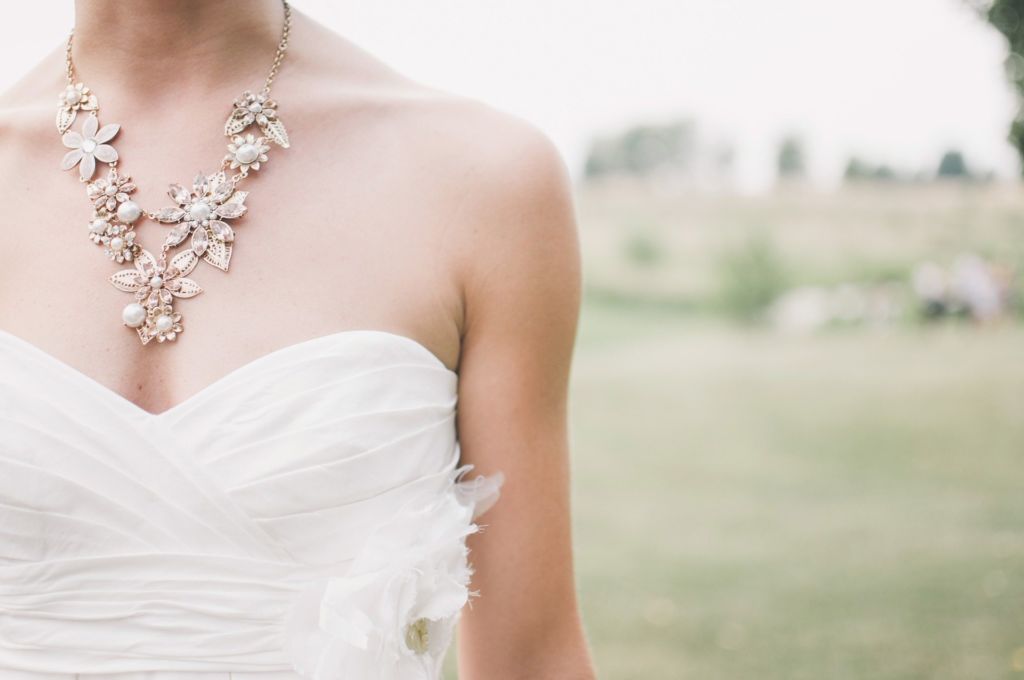Buying wedding jewelry can seem overwhelming, especially if you’re looking for something unique. It’s important to get it just right, after all, this is the lasting symbol of the most important relationship of your life. Antique and vintage jewelry have a character all of their own. Such finely-crafted heirlooms have been handed down through generations and really stand out in the jewelry world
Choosing antique jewelry is one way to make certain your choice is one-of-a-kind, but making the right choices is crucial. Here are some tips to help you find the perfect antique engagement and wedding jewelry such as those at Gesner Antique Rings.
Recognizing Vintage Periods
Antique wedding jewelry can be categorized by the era it was made. Each period has its own style and trend that make it easier for jewelers to date the items and to recognize reproductions. Here’s a rundown on some of the most popular periods.
Victorian (1835-1890)
Wedding jewelry from this ear is very sought after and though it can be hard to find, it’s not impossible. Traditionally, Victorian brides and grooms exchanged finely designed wedding bands that were either plain or pressed with intricate symbols of eternity. Almost all wedding bands were engraved with the couples’ initials and the date of the ceremony. Most Victorian wedding bands were made from yellow or rose gold. Popular diamond cuts from this era are rose cut, old European cut, antique cushion cut, and mine cut.
Edwardian/Belle Époque (1890-1910)
During this era advances in technology and the manufacture of platinum greatly influenced the quality of wedding jewelry. Edwardian grooms gave their brides engagement rings made with diamonds and other exotic gemstones. Ring designs were based on Art Deco and Art Nouveau styles. All rings of this era were made from platinum. Popular diamond cuts were rose cut, traditional cut, old European cut.
Art Deco (1915-1935)
The Art Deco period saw the glamour of the Roaring Twenties and the turmoil of the great depression. This era saw white gold used for the first time to make wedding jewelry and the engagement ring as we know it today. Filigree settings were in vogue and rings had very intricate detailing. Eternity rings were common, as were old European, old traditional, round transitional and round brilliant diamond cuts.
Retro/Mid-Century (1935-1960)
Wedding jewelry from the Depression and WWII era was designed to look glamorous while using the minimum of resources. Solitaire diamonds were set in illusion mounts which made them look square shaped and larger in size. During this era, we saw wedding bands designed to match the engagement ring. Rings were made from yellow or white gold or a combination of the two. Common diamond cuts were round transitional cut and round brilliant cut.
Estate (1960-Present Day)
In the realm of antique jewelry, this category is used to denote items made after 1960. This incorporates a wide variety of styles including cluster engagement rings of the 1970s and marquise solitaires from the 1980s.
Factors to Consider
As well as the era the ring was made, there are many other factors to consider, such as:
- Karat number: This tells you how much gold there is in the ring. The lower the karat, the less gold content, and the harder the ring will be.
- Clarity: This is a measurement of a diamond‘s inclusions and flaws. A high–quality diamond will have neither.
- Color: Fancy diamonds are available in black, yellow, pink, blue, and green.
- Cut: This includes the proportions, symmetry, and polish.
- Fluorescence: This is the diamond’s ability to glow under a UV lamp. This can affect the value of the stone.
Alternatives to Diamonds
If you are looking for a vintage ring that’s out of the ordinary and want to avoid diamonds there are many other options. You will be able to find a wide selection of rings containing rubies and sapphires. It’s best to avoid coral, opals, and pearls in wedding jewelry, not only are these stones connected to superstition, they don’t age well if they’re not taken care of.
The important things to remember when you’re shopping for vintage engagement and wedding rings are to find a reputable seller and one who is knowledgeable about the products they carry. Do your research so you don’t end up spending money on an “antique” ring, which you later find out to be a reproduction.
Sean Austin is a jeweler who shares his knowledge of gems and jewelry around the web whether he’s offering up tips for buying engagement rings or discussing the conflict free diamond industry.


